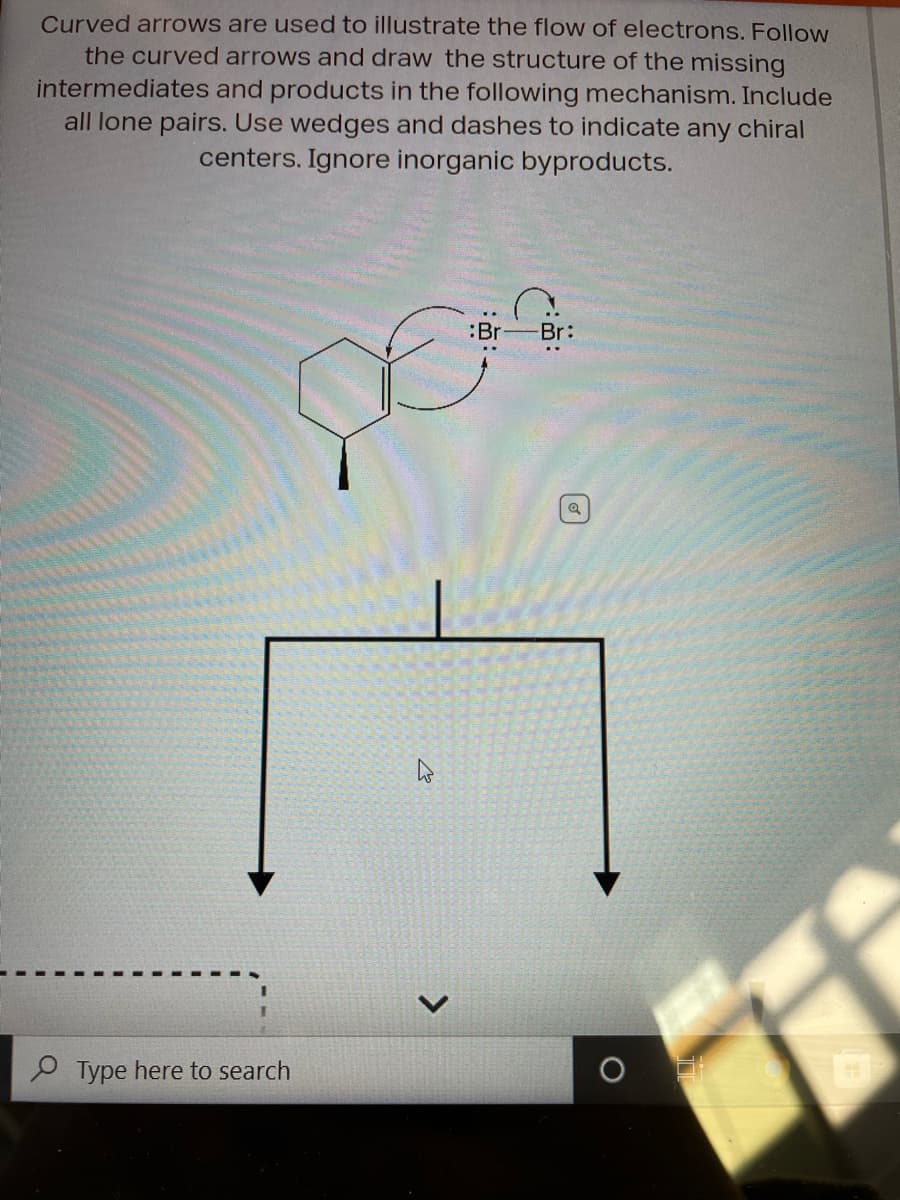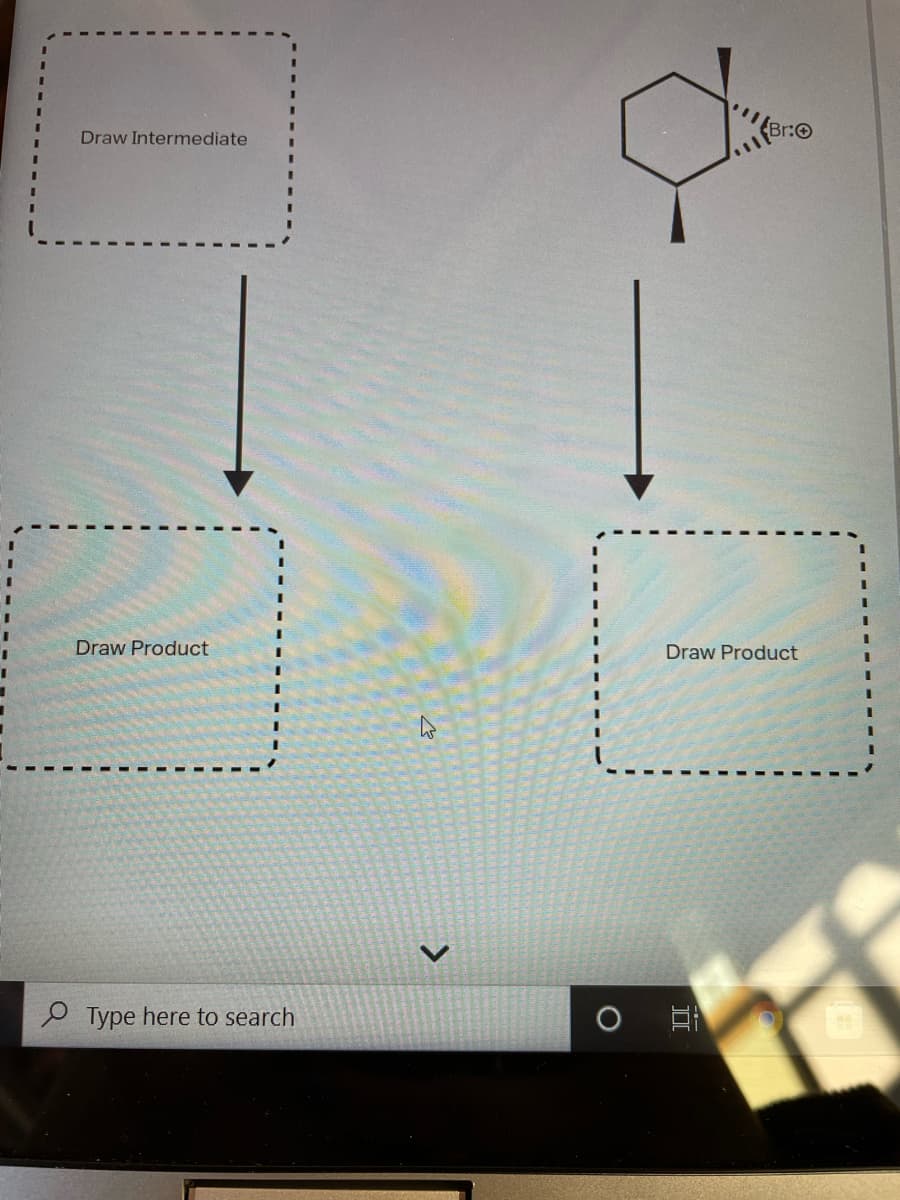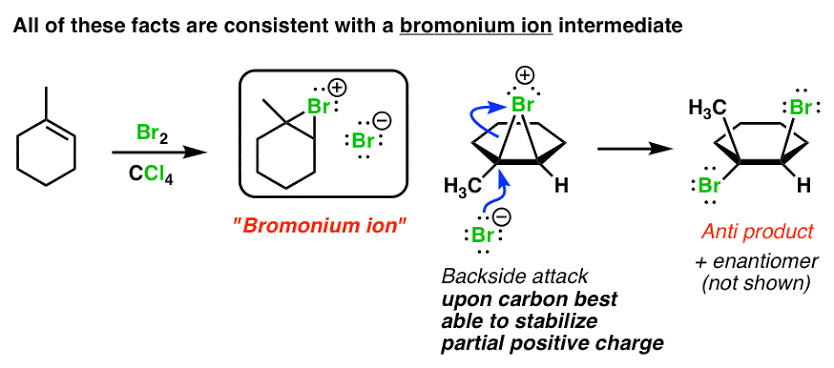Curved arrows are used to illustrate the flow of electrons. Follow the curved arrows and draw the structure of the missing intermediates and products in the following mechanism. Include all lone pairs. Use wedges and dashes to indicate any chiral centers. Ignore inorganic byproducts. :Br Br: of
Curved arrows are used to illustrate the flow of electrons. Follow the curved arrows and draw the structure of the missing intermediates and products in the following mechanism. Include all lone pairs. Use wedges and dashes to indicate any chiral centers. Ignore inorganic byproducts. :Br Br: of
Organic Chemistry
8th Edition
ISBN:9781305580350
Author:William H. Brown, Brent L. Iverson, Eric Anslyn, Christopher S. Foote
Publisher:William H. Brown, Brent L. Iverson, Eric Anslyn, Christopher S. Foote
Chapter24: Catalytic Carbon-carbon Bond Formation
Section: Chapter Questions
Problem 24.31P
Related questions
Question

Transcribed Image Text:Curved arrows are used to illustrate the flow of electrons. Follow
the curved arrows and draw the structure of the missing
intermediates and products in the following mechanism. Include
all lone pairs. Use wedges and dashes to indicate any chiral
centers. Ignore inorganic byproducts.
:Br
Br:
P Type here to search

Transcribed Image Text:Draw Intermediate
Br:
%3D
Draw Product
Draw Product
%3D
3D
P Type here to search
<>
Expert Solution
Step 1
Concept:
Bromination of Alkene: The reaction mechanism for an alkene bromination follows two steps.
In the first step of the reaction, a bromine molecule approaches the electron-rich alkene carbon–carbon double bond.
In the second step, a negative bromide anion and is attracted to the slight positive charge on the carbon atoms.
For example follow the following reaction as a sample answer.

Trending now
This is a popular solution!
Step by step
Solved in 2 steps with 2 images

Knowledge Booster
Learn more about
Need a deep-dive on the concept behind this application? Look no further. Learn more about this topic, chemistry and related others by exploring similar questions and additional content below.Recommended textbooks for you

Organic Chemistry
Chemistry
ISBN:
9781305580350
Author:
William H. Brown, Brent L. Iverson, Eric Anslyn, Christopher S. Foote
Publisher:
Cengage Learning


Organic Chemistry
Chemistry
ISBN:
9781305580350
Author:
William H. Brown, Brent L. Iverson, Eric Anslyn, Christopher S. Foote
Publisher:
Cengage Learning
